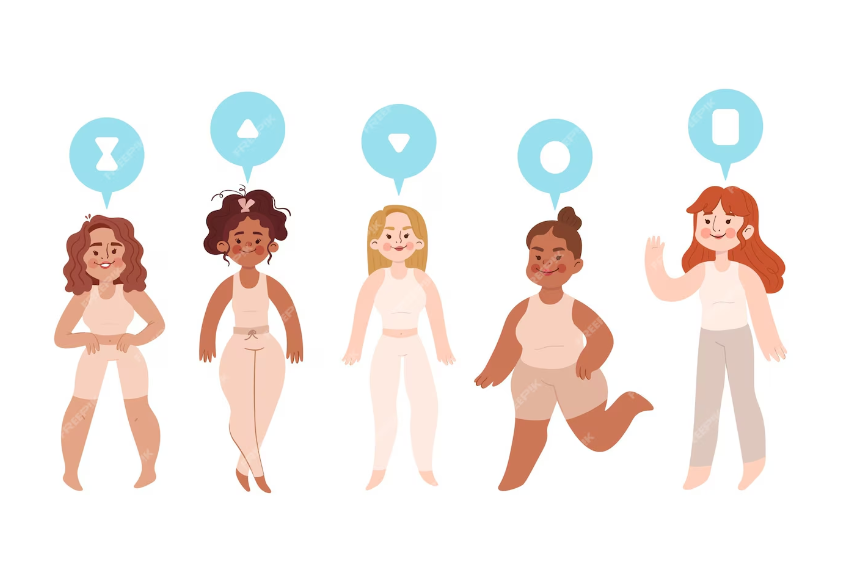
Keloids in Different Skin Types: Understanding Variations and Challenges
Keloids are those pesky raised scars that can appear after a skin injury, but did you know that they can affect people differently depending on their skin type? Let’s explore how keloids vary across different skin types and the unique challenges they present.
Skin Types and Keloids
People come in all shapes, sizes, and skin tones, and keloids can develop on any skin type. However, individuals with darker skin tones, such as those of African, Asian, or Hispanic descent, are more prone to keloid formation. This is because darker skin produces more collagen, which plays a role in scar formation.
Variations in Keloid Appearance
Keloids can look different depending on your skin type:
- Color: Keloids may appear reddish or purplish on lighter skin tones, while they may be darker or hyperpigmented on darker skin tones.
- Texture: Keloids can feel firm and raised regardless of skin type, but the texture may appear more pronounced on lighter skin tones.
- Location: Keloids can develop on any part of the body, but they may be more noticeable on areas with darker pigmentation due to contrast with surrounding skin.
Challenges in Treatment
Managing keloids in different skin types can pose unique challenges:
- Visibility: Keloids may be more noticeable on darker skin tones, leading to greater self-consciousness and emotional distress.
- Treatment Response: Some treatment options, such as laser therapy or surgical removal, may carry a higher risk of complications or adverse effects in individuals with darker skin tones.
- Scarring: People with darker skin tones may be more prone to developing hyperpigmentation or hypopigmentation (darkening or lightening of the skin) after keloid treatment.
Cultural Considerations
Cultural factors can also influence how keloids are perceived and managed:
- Cultural Beliefs: Some cultures view keloids as a sign of beauty or strength, while others may stigmatize them, leading to varying attitudes towards treatment.
- Traditional Remedies: In some cultures, traditional remedies or practices may be used to treat keloids, alongside or instead of conventional medical treatments.
Conclusion
Keloids can affect individuals of all skin types, but they may present differently and pose unique challenges depending on skin tone. Understanding these variations is essential for providing effective care and support to individuals living with keloids.
To seek medical advice, always consult a Doctor.
Here are our recommended EXPERTS. Click here
To read more on SKIN. Click Here



